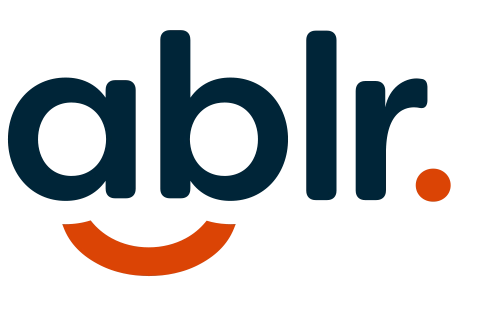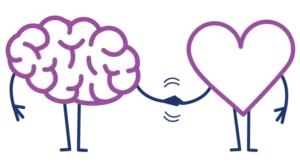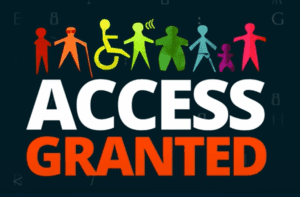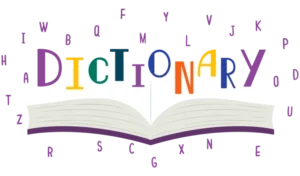By Susanne Meyer
Recently, Joey Pagano, and advocate for equal opportunity, unity, and justice for all publish an article entitled “OVERLOOKED: 30 Years After ADA, College Students with Disabilities Fight for Inclusion”. You can find the link here. In her article, Pagano discusses the ways in which, despite the efforts that disability inclusion has made in response to such legislation as the Americans With Disabilities Act of 1990, many Americans – college students among them – continue to struggle to live boundary-free lives.
Pagano acknowledges that requirements for accessible content, digital and otherwise, are relatively well regulated. Colleges and other educational institutions have to abide by the dictates of Section 504 of the Rehabilitation Act of 1974, as well as by its more recent cousin, the ADA, both of which require colleges to eliminate discrimination and grant equal access to information to everyone, regardless of ability. Though the correct interpretation and application of the ADA is still sometimes debated, accessibility – especially in the digital space – has made great strides over the past few decades. Today, private and government agencies in the US must follow strict guidelines in creating their digital content, and most other countries have similar guidelines. Accessibility is still not universal or perfect, but progress is happening.
Similarly, many organizations have been working diligently toward a quantum shift in the mindsets of educators, employers, and the general public: what the law aims to do is to minimize, and eventually eradicate, discrimination against people with disabilities. But that is not enough. As the popular saying (originally coined by diversity advocate Vernā Myers) goes, inclusion isn’t just about being invited to the party. It’s about being asked to dance. In other words, people with disabilities don’t just want accessibility barriers removed, they want to be acknowledged as full and valued participants in society. This requires a lot of soul searching on the part of all members of society, because it means reexamining misconceptions about living with a disability. Many of these misconceptions are based on antiquated myths and fears that were somewhat understandable before the advent of modern science, medicine, technology, as well as a general social reorientation toward equality and respect for all, but are simply no longer tenable.
At Ablr, we have been working to combine these two approaches into one comprehensive effort toward disability inclusion. On the one hand, we provide accessibility and consulting services to ensure that the processes and procedures used by organizations – whether they be businesses or schools – are accessible to all.
But what Pagano’s article highlights is that in order to really reach and benefit everyone, the effort for disability inclusion has to be broader still. What ultimately causes many students like Joey Pagano to give up on their pursuit of higher education, is the lack of funding for personal needs, such as eating, while the student is on campus. While a student is in high school, their rights are protected by the Individuals with Disabilities Act, which provides for personal assistants as needed. The ADA, by contrast, does not. Similarly, insurance companies classify personal needs as matters of convenience rather than necessity, and do not cover them. In order to succeed at college, a student who needs a personal assistant has to rely on the generosity of advocacy groups.
It is to be hoped that at least some students succeed in this quest, and receive the funding they need. But the point is that this should not be a matter of luck, and it should not be a matter of charity. In order for the effort for full disability inclusion to stick, it has to be a comprehensive process: there is no point in improving digital accessibility and changing the public’s mindset if a person cannot eat or take care of their other personal needs while they are at school. As Pagano suggests, what we need – what inclusion needs – is a systemic change in higher education (and elsewhere) that covers the rights of people with disabilities to the assistance they need, and that protects this right by law, as accessibility and non-discrimination are protected.






